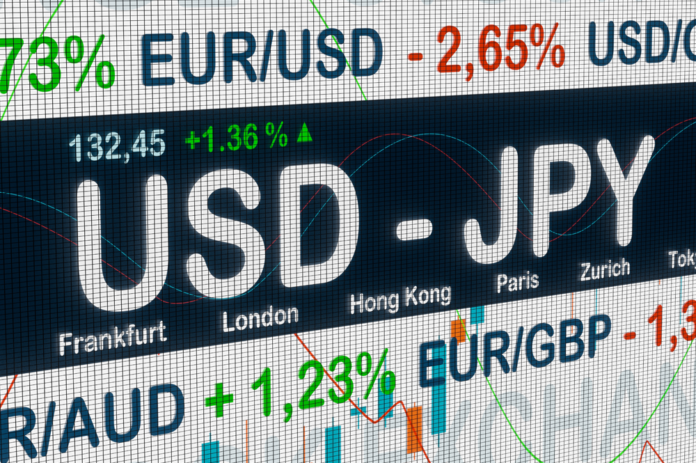On Monday, the U.S. dollar stabilized after last week’s decline in the wake of weaker-than-expected nonfarm payrolls data, which prompted market participants to look ahead to the timing of possible interest rate cuts by the Federal Reserve this year.
Last week, the U.S. dollar fell to a three-week low amid speculation that the Fed might cut rates from multi-decade highs, possibly by September. Previously, markets were anticipating a 25-point cut in November.
Likewise, poor nonfarm payrolls data has put the spotlight on the speeches to be made this week by the country’s monetary policymakers. On Monday, Jhon Williams, president of the New York City Fed, will give his speech along with Thomas Barkin, president of the Richmond Fed. On Tuesday, Neel Kashkari, president of the Minneapolis Fed, will speak. For the rest of the week, Chicago Fed President Austan Goolsbee will also speak.
How Europe’s major currencies are faring
On Monday, the euro gained 0.1% to trade at 1.0769. All indications are that the European Central Bank will begin its interest rate cuts in June, although it remains unclear what will happen to monetary policy after the meeting.
As for the pound sterling, it rose 0.2% to $1.2573. Data from the previous week indicated that the service sector in the UK continues to be in good health, which is likely to give the Bank of England more room to delay rate cuts.
How Asia’s major currencies are faring
In Asia, currencies retreated after earlier gains against the dollar. Although forecasts suggest U.S. borrowing costs will remain elevated in the near term, most of the region’s currencies have stayed in negative territory for the year.
The Japanese yen USD/JPY rose 0.6% on Monday, although trading volume was limited by a public holiday in Japan. Meanwhile, the Chinese yuan USD/CNY fell 0.4%.
Meanwhile, the Australian dollar AUD/USD rose 0.3% and neared two-month highs as traders prepared for Tuesday’s Reserve Bank of Australia meeting. While the RBA is expected to leave rates unchanged, analysts anticipate a more hawkish stance after first-quarter inflation exceeded estimates.



